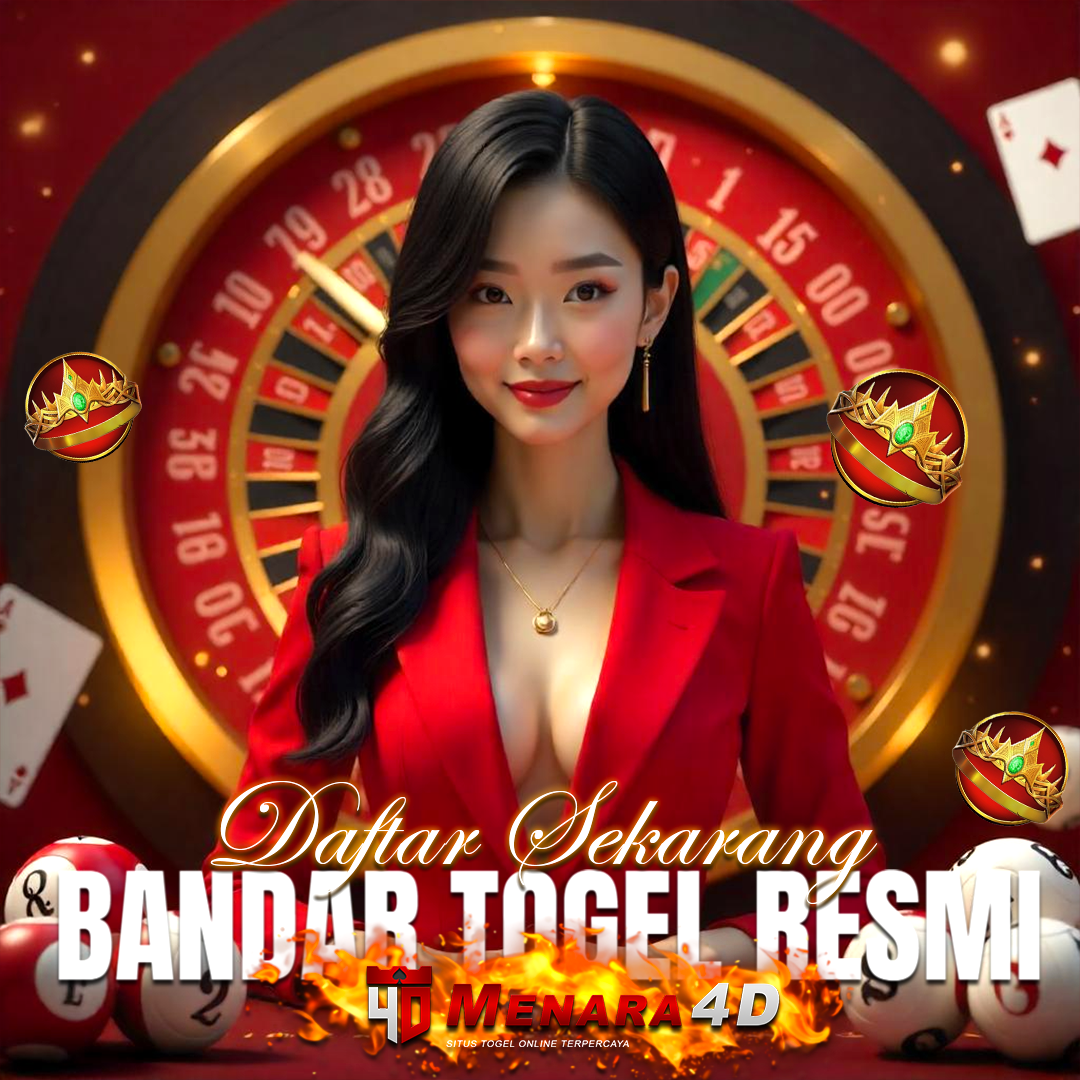MENARA4D 🚀 Bandar Togel Resmi Aman Dan Terpercaya JP dibayar Lunas
Description
Detail Produk Game MENARA4D:
MENARA4D 🚀 Bandar Togel Resmi Aman Dan Terpercaya JP dibayar Lunas
Pecinta Situs Toto yang terhormat,
Di tengah banyaknya pilihan platform angka jitu, MENARA4D hadir sebagai bandar togel resmi yang menonjol dengan sistem permainan yang aman, transparan, dan tentu saja — JP dibayar lunas. Dengan reputasi yang terus meningkat, MENARA4D jadi salah satu pilihan favorit pemain yang ingin pengalaman bermain yang serius namun tetap menyenangkan.
Keamanan dan Kepercayaan: Fondasi Utama MENARA4D
Salah satu alasan mengapa banyak pemain pindah ke MENARA4D adalah sistem keamanannya. Semua data pemain disimpan dengan enkripsi, transaksi dilakukan melalui metode terpercaya, dan tidak ada manipulasi dalam sistem result. Semua angka keluaran disesuaikan langsung dari sumber resmi, membuat setiap kemenangan terasa fair dan memuaskan.
JP Dibayar Lunas Tanpa Drama
Banyak platform mengklaim siap bayar jackpot, tapi tidak semua bisa benar-benar membuktikannya. Di MENARA4D, setiap JP yang didapatkan langsung cair ke akun pemain tanpa dipersulit. Tidak perlu menunggu hari kerja atau verifikasi berlapis-lapis yang bikin ragu — semua proses dilakukan cepat dan transparan.
Pasaran Lengkap, Pilihan Lebih Fleksibel
MENARA4D menyediakan beragam pasaran populer, mulai dari:
- 🎯 Togel Hongkong (HK)
- 🎯 Togel Singapore (SGP)
- 🎯 Togel Sydney (SDY)
- 🎯 Togel Macau
Dengan banyaknya pilihan, pemain bisa mengatur strategi dan memilih pasaran sesuai waktu dan preferensi masing-masing.
Interface Ringan & Layanan Support 24 Jam
Situs MENARA4D dirancang dengan tampilan ringan dan user-friendly, cocok untuk diakses via smartphone atau desktop. Gak perlu aplikasi tambahan atau VPN ribet. Ditambah lagi, tim customer service siap 24 jam penuh untuk bantu lo kalau ada kendala.
Kenapa Harus Main di MENARA4D?
- ✅ Bandar togel resmi & legal
- ✅ JP dibayar lunas tanpa potongan
- ✅ Transaksi cepat & aman
- ✅ Komunitas aktif & support responsif


